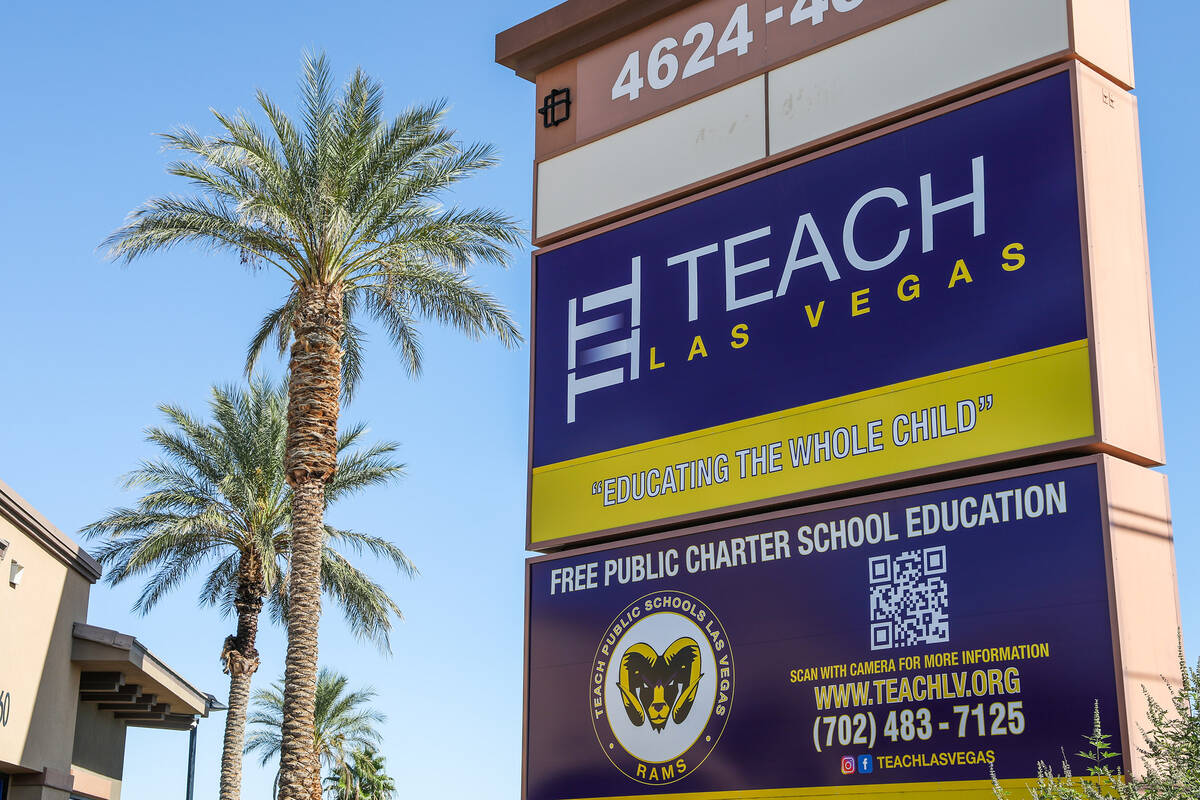It’s possible to close the achievement gap in education. It doesn’t require more money but more competition.
This month, the Progressive Policy Institute released a report on how the growth of charter schools has improved student achievement. Charters are public schools that have more autonomy than traditional campuses. In exchange, they must meet performance metrics to keep their charter. They receive public funding but often less than their traditional counterparts.
The researchers looked at 10 low-income, urban districts where one-third or more of students attend charter schools. These types of districts generally have extremely low student-achievement levels.
It’s not from lack of trying. As the institute noted, “Too many reform efforts have run headlong into the limits of old, centralized systems.” Symptomatic problems include an inability to fire poorly performing teachers and districts being “too politically captive” to unionized employees. That sounds familiar.
But the review found that charter school innovation in standards, expectations, teaching and curriculum led to improvements for all kids. “Low-income students across these cities — whether they attend a public charter or district-operated school — have started to catch up to statewide student performance levels,” the report concluded.
One example is Camden, New Jersey. In 2013, under then-Gov. Chris Christie, the state Board of Education took over the local school district. Instead of dumping more money into a broken system, the state set up renaissance schools, which are similar to charters.
Last year, more than two-thirds of Camden students were in charter schools. Its low-income students closed 42 percent of the achievement gap with students statewide. Again, that’s among all students, not just those in charters.
It’s notable that a left-leaning organization conducted this study. While some Democrats have backed charters, others kneecap them in service to their union benefactors. The Progressive Policy Institute lays out the research. Last year, a Stanford University study found “that charter-school students, on average, outperformed their peers in demographically-matched traditional public schools,” as the institute put it.
Competition works. “The more a city has grown public charter school enrollment, the more that city has closed the gap in outcomes between low-income students and all students statewide,” the study found. Well-designed choice programs have also improved achievement among public school students because they put pressure on existing campuses to show results.
Next year, Nevada’s education establishment will demand even more money despite producing little from last year’s $2.6 billion funding increase. That won’t work. But giving parents more options will.

